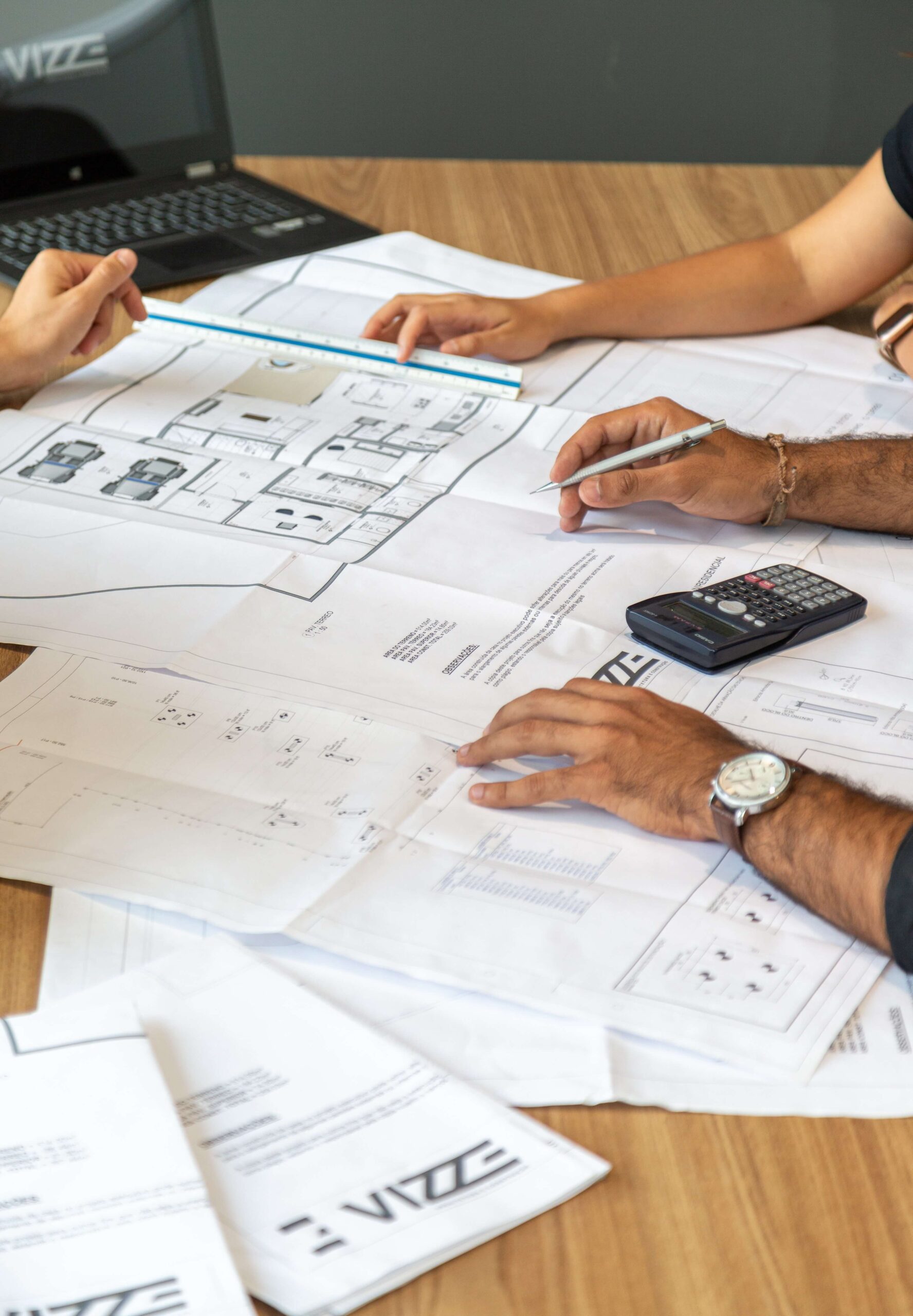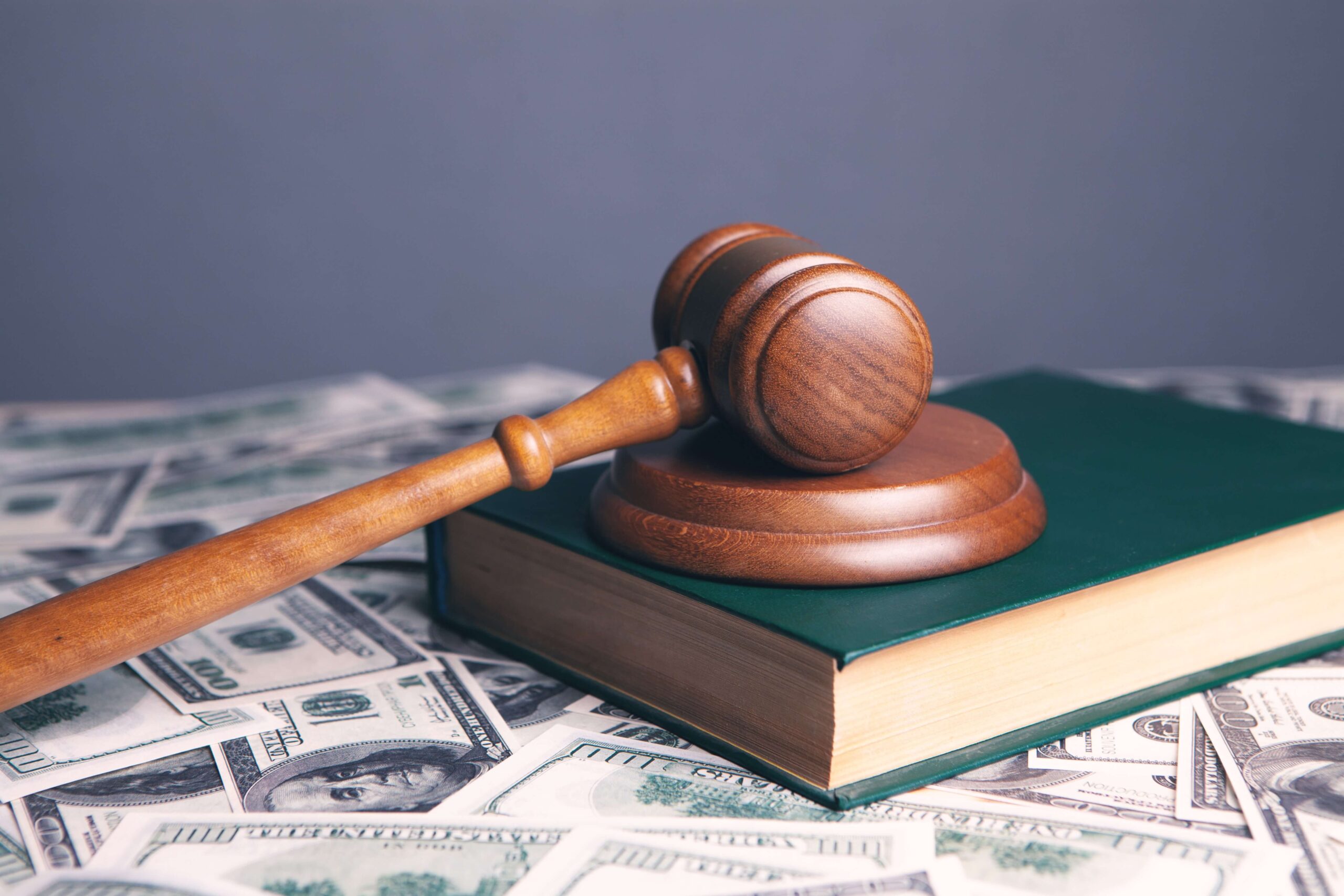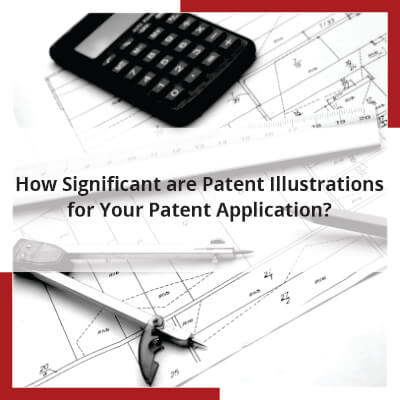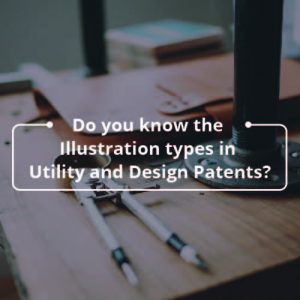Patent illustrations of the highest quality are crucial in maximizing the value of an inventor’s inventions. Drawings go a long way in meeting all the requirements. It helps in distinguishing from prior art, and brings clarity to a complicated method or product, we attempt to emphasize. They are, in our opinion, a ‘must-have’ rather than a ‘good to have’ component.
Patent illustrations that are correct the first time save time, effort, and money. This helps in lowering the cost of obtaining patents and making them more enforceable against infringers. Moreover, it helps in putting all competitors on notice to see if they are potentially infringing your patent. In terms of enforcing patents through litigation or licensing, high-quality patents also generate greater cash for patent owners. Thus, this article highlights the importance of these illustrations and the variety of options available for inventors in this area.
Also Read: Things You Need to Know About Patent Drawing Examples
Are patent illustrations recognised all across the world?

This is a critical subject because each jurisdiction has its own set of regulations that may not always coincide. One of the trickier aspects of patent illustrations is the consequences of geography. This may not be obvious to all practitioners. For example, an attorney may only practice in the United States. So, he or she may be unfamiliar with the standards of European or Chinese patent law. Thus, our team can help clients get illustrations right no matter where they’re filing. We work with multiple global jurisdictions on a regular basis and have developed a nuanced familiarity with the various requirements. As a result, we’re well-positioned to help clients get illustrations right no matter where they’re filing.
Quality graphics are an important component of these precise specifications. So, patent attorneys spend a lot of time and effort developing these and fulfill both aims in one approach
Also Read: Comparing Laws of Industry Designs in Different Jurisdictions
What role does a patent illustration have in a patent specification?
We can understand the full worth of a high-quality patent drawing. We can consider the whole context of the patenting procedure, which is both costly and complicated. There are two primary goals. To begin, you must distinguish the innovation. You attempt to the patent from other existing, well-known inventions, referred to as prior art. From this standpoint, your invention must be new and non-obvious. The second goal is to ensure that you meet all of the patent office’s standards. This includes detailing how a person of ordinary skill in that technological field may create and use your invention.

Illustrations have the ability to capture the core of a complicated notion in a very basic, clear, and unambiguous manner. This can effectively emphasize features crucial to your creation. Moreover, it can contrast them to what came before, even though the changes may appear minor or insignificant.
A high-quality sketch helps you to swiftly and clearly capture the distinction. It can also assist you in meeting those assistance requirements in a more straightforward, efficient manner – after all, a picture is worth a thousand words. When you apply for a patent, the patent examiners may skim or skim over your specification text, but they can usually figure out what the invention is about and what the significant distinctions are just by looking at the drawings.
Also Read: Why Do Firms Need to Hire Patent Docketing Specialists?
What are the current practises of applicants when it comes to patent illustrations?
Varied types of inventors have different approaches to graphics. One way may be used by an academic, a solitary inventor, or a startup company, whereas practitioners in a more established corporate context with a significant volume of applications may use another. However, we’ve found some trends in our experience with companies and inventors of all sizes: applicants tend to rely on patent practitioners (i.e. patent attorneys or patent agents) to complete the entire application, regardless of whether this is cost-effective.

Frequently, the applicant or inventor will hire the best attorney they can find based on their claim and text language competence. Because of the misunderstanding that generating high-quality patent illustrations upfront can be time-consuming, difficult, and add additional money to the process, the attorney may use the inventor’s existing “drawings” such as a block diagram, a flow chart of their idea, or procedure as is. Illustrations become an afterthought slapped onto the application at the last minute, or worse, left off entirely if the applicants are not patent knowledgeable. This isn’t a good idea, and it could jeopardize the time and effort put into preparing the patent application.
Also Read: Patent Watch Service: Types & Advantages
What are the dangers of not submitting any drawings or providing drawings of poor quality?
Omitting drawings entirely or submitting poor ones clearly carries significant risk. To the best of my knowledge, most major jurisdictions require applications to have at least some version of drawings filed. Inventors, particularly early-stage start-ups or solo inventors, should beware that patent offices generally do not allow the subsequent submission of drawings. Once a new application has been submitted, adding ‘new matter’ and making adjustments or improvements to previous ones after you’ve filed your application is prohibited by law. The guiding principle is that you only have one shot upfront to get good quality, correct illustrations into your patent application, don’t waste it!
In a similar vein, submitting drawings “as is” can expose you to a variety of risks that no investor wants to accept, such as creating ambiguity about what you’re seeking to claim as your invention. Examiners may be hesitant to grant the patent swiftly, if at all, and the scope and breadth of the claimed innovation may be significantly reduced, lowering its overall value.
The worst-case scenario is that your program contains technical faults as a result of bad designs. These errors may be difficult to correct afterward, and they may result in failure to meet the compliance standards of various patent jurisdictions.
Also Read: EFS Web PDF Guidelines & Creation: Quick Guide
What are the prerequisites for the illustrations to be accepted?

The standards for compliance vary by jurisdiction, but in general, countries have highly particular formatting and standard requirements, including paper size, font size, margins, style, labeling, and numbering. The thickness and style of lines used in diagrams, as well as the level and type of shade, must all be consistent. For those who are unfamiliar with a jurisdiction’s requirements, these nuances can be quite taxing. It’s also worth mentioning that design patents have their own set of compliance requirements. When applying for a design patent, you must present at least seven different views of the object so the patent examiner can see it from all angles. Another highly particular need that is easy to overlook is this one.
Also Read: Making Novelty Argument in Invalidation Search
How difficult is it for innovators to comply with these regulations?
If you lack the technical accuracy, process experience, and equipment needed to produce great illustrations, you’re likely to be stymied by the drawing compliance criteria for utility or design patents. Solo inventors and small businesses, for example, frequently rely on hand drawings or graphics created with simple software such as Microsoft Word or PowerPoint.
This may be fine for a quick sketch or first submission, but these tools will not allow you to meet the patent application’s precise compliance requirements. This, however, equally applies to the opposite end of the spectrum. Even though they remain prepared by a professional and experienced person, some technical drawings are not necessarily appropriate for the patent application process. A highly precise type of illustration is what the patent office requires.
Another issue we’ve found is that some inventors, particularly in the chemical and biological fields, do tests on laboratory instruments that can produce a printout or drawing of their results, which they frequently file as a drawing. They frequently face rejection because they pose a variety of issues. For innovators or “do it yourself” applicants, heavy dependence on lab instrument output is a barrier.
Also Read: The Latest Patent Proofreading Strategies
What can a professional do to assist you in these situations?
Professionals possess what most applicants lack in terms of the appropriate technical background. They also have knowledge and skill dealing with patent office regulations and requirements in a variety of jurisdictions. This includes the US, EPC, and Chinese (CNIPA) patent and illustration laws, among others. Professionals can also use a variety of tools and software. This includes ChemDraw (for chemical drawings), Visio (for flowcharts), and the industry-standard AutoCAD (for complex machinery and devices and drawings). Finally, whether the image generates from architectural software or a lab equipment output, the professional will be able to convert any sort of image to the equivalent version that remains accepted by the patent office. It’s not a simple task, but getting it right can make the difference between a profitable patent award and an outright rejection.

Also Read: Patent Translation and Filing Cost: How to Manage?
Need Assistance with Patent Illustrations? – Choose Patent Illustrations Express!
Patent Illustration Express has a long history of offering the highest quality patent illustration services to its clients. It employs a varied set of draughtsmen with extensive experience in the IP field. These specialists give precise and professional utility and design patent illustrations at a reasonable cost, ensuring that their clients remain completely satisfied. To make an inquiry, visit us here at Patent Illustrations Express!
Other Related Articles
Utility Patent – Everything You Need to Know



